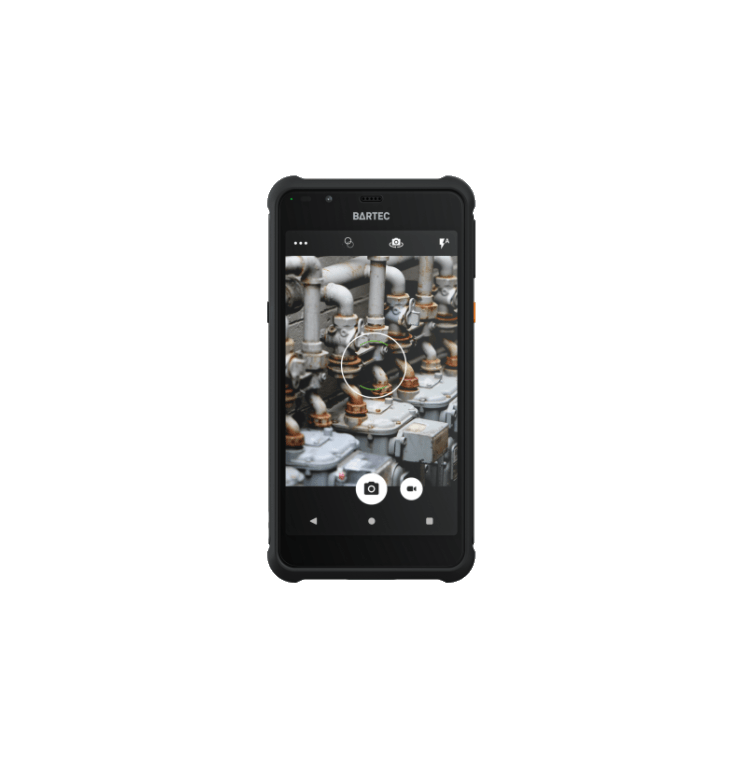Operating in extreme conditions requires reliable and robust equipment, a need that cannot be overstated. This holds particularly true for cameras, as people often use them to capture critical data and images in challenging environments. At the Intrinsically Safe Store, we understand the importance of reliability in such situations. We offer a range of intrinsically safe cameras designed to withstand extreme conditions while delivering high-quality performance. But how can you measure the reliability of these cameras? This article explores the key reliability metrics for intrinsically safe cameras in extreme conditions. We invite you to visit our website to learn more about our products and services.
Understanding Intrinsically Safe Cameras
Intrinsically safe cameras are designed to operate safely in hazardous areas where flammable gases, vapors, or dust may be present. These cameras are engineered to limit the electrical and thermal energy available for ignition, ensuring they can operate without causing an explosion or fire.

Key Reliability Metrics
Several key metrics can be used to measure the reliability of intrinsically safe cameras in extreme conditions. These include:
- Operational Temperature Range: This metric indicates the range of temperatures within which the camera can operate reliably. A wider range suggests better reliability in extreme conditions.
- Shock and Vibration Resistance: This measures the camera’s ability to withstand physical stress, such as drops, impacts, and vibrations, without suffering damage or performance degradation.
- IP Rating: The Ingress Protection (IP) rating indicates the level of protection the camera offers against dust and water ingress. A higher IP rating means better reliability in dusty or wet conditions.
- MTBF (Mean Time Between Failures): This is a measure of the expected time between two successive failures. A higher MTBF indicates greater reliability.
Case Study: Intrinsically Safe Camera in Action
Consider the case of an oil and gas company operating in a harsh and hazardous environment. The company needed a reliable camera to monitor operations and ensure safety. They chose an intrinsically safe camera, which offered a wide operational temperature range, high shock and vibration resistance, an IP68 rating, and a high MTBF. The camera performed excellently, capturing high-quality images even in the most challenging conditions, demonstrating the importance of these reliability metrics.
Ensuring Reliability in Extreme Conditions
Reliability is a critical factor when choosing a camera for use in extreme conditions. By considering key metrics such as operational temperature range, shock and vibration resistance, IP rating, and MTBF, you can select a camera that will deliver reliable performance when you need it most. At the Intrinsically Safe Store, we offer a range of intrinsically safe cameras designed to meet these stringent reliability requirements. We invite you to contact us to learn more about our products and how they can meet your needs in extreme conditions.


























